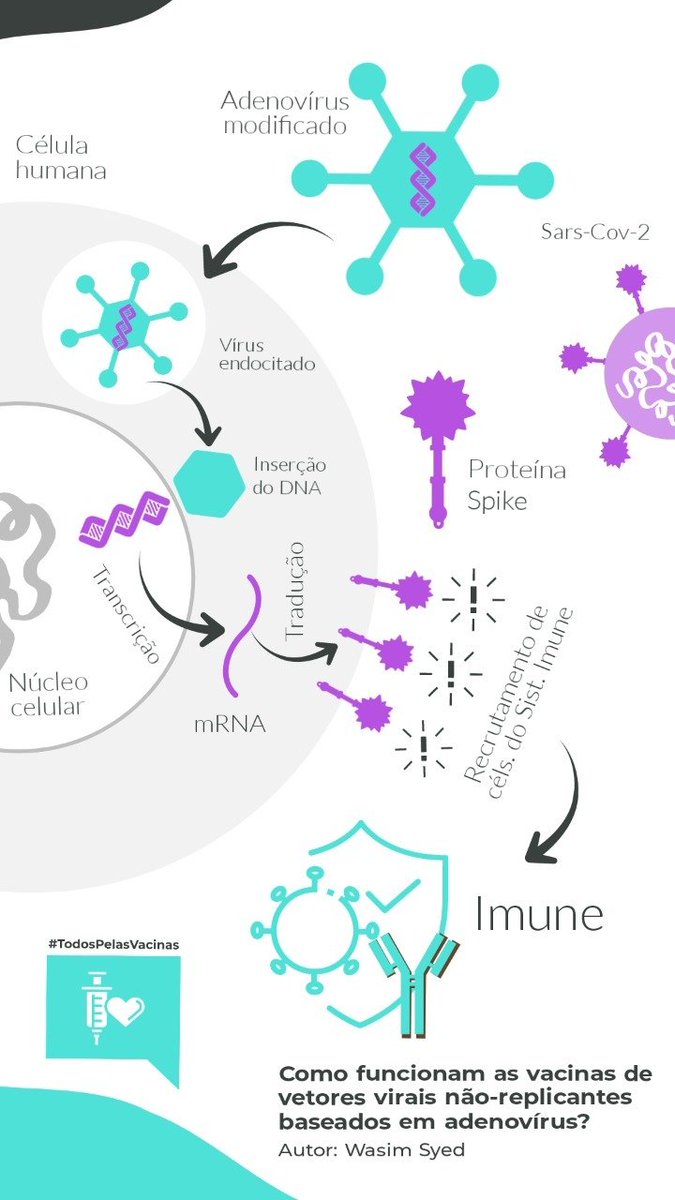
Ebola (1976), HIV-1 (~ 1981), HIV-2 (1986), Sin Nombre (1993), Hendra (1994), avian influenza (1997), Nipah (1998), West Nile (1999), SARS ( 2003), swine flu (2009) and allow me to add SARS-CoV-2 (2019).
What do these outbreaks have in common? Let’s take a closer look
What do these outbreaks have in common? Let’s take a closer look
This thread discusses an extremely interesting excerpt from a book I'm reading called "Spillover: Animal Infections and the Next Human Pandemic" by David Quammen. The author lists these events and asks the reader: What do they have in common? 

The dates above mark the first description/outbreak of some viruses that pose danger to our species. Some of them are familiar: They caused recent epidemics around the globe. Others may cause surprises at first glance, appearing unrelated to each other
Some people may even think that these events are like earthquakes, volcanic eruptions, things beyond our control. But Quammen brings us perspective that connects these events with each other.
Many are the result of actions that we have been carrying out in the ecosystems, in our planet, and over many years. Such actions have brought a constant crisis to our species, putting our health at risk.
The viruses mentioned above have a common factor: they "jumped" (a phenomenon called spillover) from a different species to humans. And over the past few decades, we are seeing spillover events more frequently, whether from wild or domesticated animals
*An addendum: in most cases, the leap comes from human encroachment in the habitat of wild species. But there are exceptions, such as swine flu, where the jump was from domestic species. What is the connection between human actions in the environment and spillover events?
Thousands of species live in these ecosystems, many of them still far from our knowledge, which can harbor microorganisms that, as a rule, we have no contact with. Every time we destroy habitats, wild animals and the microorganisms they harbor come into contact with us.
In Brazil, 2019 and 2020 were particularly terrible, in this sense, especially for the Amazon rainforest, Atlantic forest and other areas that suffer from deforestation.
The thread above (in pt-br) brings concerning data about this period
The thread above (in pt-br) brings concerning data about this period
https://twitter.com/mellziland/status/1334914574722740224
We cannot deny the impact of human activities on the degradation of ecosystems, and that this is happening at an accelerated and chaotic pace. Deforestation that takes place to expand cattle raising, for instance, create imbalances and destroy natural habitats.
RNA viruses are able to adapt to different species with impressive speed. In a world in which we have accelerated population growth in parallel with the disintegration of ecosystems, generating proximity with us, the result is not difficult to imagine.
And we still have so much to understand ... What species are natural reservoirs of these viruses? Why do some appear at certain times, disappear, only to return? These critical questions for humanity can only be answered by a continued commitment to invest in science.
Most of these emerging infectious agents that concern us are zoonotic, meaning that they have animal hosts (often wild), and the number of outbreaks related to them seems to be increasing over time.
In this article published by Nature in 2017 * the authors established a map of the risk of zoonotic events by country. Yellow shades denote greater the risk. I wonder how that map would look today, considering deforestation in Brazil
The increase in population density not only influences the risk of zoonotic events, but also the transmission of these infectious agents. By 2050, it is expected that we will reach 9.7 billion people on the planet
How will our relationship with the planet be on this journey? And at that moment? When is the right time to discuss this seriously? When will we pay attention to climate change? When is it too late to avoid something worse?
I honestly think we're already a little late
I honestly think we're already a little late
But it is not (at least for now) the end of the world: we have multiple alerts and, currently, these alerts are the result of the real consequences of our toxic relationship with our planet. To get us out of the comfort zone, we need to rethink our relationship with our home.
And it starts in our microsphere, in the way that each one of us considers our consumption needs, the impact on the planet, the political leaders that we elect. Do they care about this agenda? We need to own our responsibility.
And the sooner we take ownership of that responsibility, the more actions we can take to avoid even worse scenarios. The sooner we accept science as our ally to understand and act as a society, the more we will avoid terrible outcomes.
This works to resolve a pandemic (and we are harping on the same string to mitigate measures, vaccination ...), to prevent future pandemics and disasters at all levels.
Without further ado: we have responsibility for our home and who lives in it.
#ClimateSummit #EarthDay2021
Without further ado: we have responsibility for our home and who lives in it.
#ClimateSummit #EarthDay2021
@threadreaderapp compile
@MomentsBrasil @TwitterBrasil @GretaThunberg @vanessa_vash @ClimateReality @climate @EricTopol @OPASOMSBrasil @projecthalo @CaddeProject @firefoxx66 @500womensci @Erika_Berenguer @bollemdb
• • •
Missing some Tweet in this thread? You can try to
force a refresh












